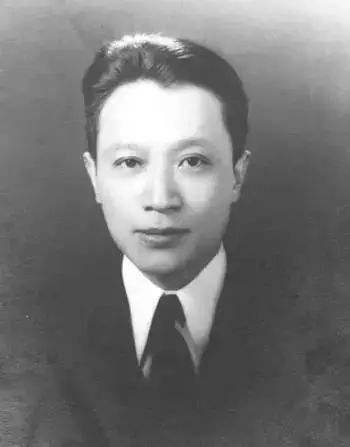Appreciation of He Qifang's Poetry (5)
joyous
Tell me, what color is joy?
Like the wings of a white pigeon? The red beak of a parrot?
What is the sound of joy? Like a reed flute?
Or from the sound of pine to the murmur of running water?
Is it something that can be held, like a warm hand?
What can be seen, like a light of love and pity?
Will it make the heart tremble slightly,
And cry quietly, like sadness?
How does joy come about? From where?
Fireflies flying in the hazy shade?
The aroma spreads from the petals of the rose?
Doesn't there be a ringing bell on its feet when it comes?
For joy, my heart is the eye of the blind,
But is it not cute, as melancholy as mine?
June 1932
【Reading】
"Joy" is a new poem written by the poet He Qifang on June 27, 1932.
The title of the poem is "Joy", which is actually written about melancholy and bitterness. The poet was in a dark age, and he was constantly depressed and complaining. The mysticism of Western literature at the end of the century that he came into contact with also left him with pessimism and skepticism. This song "Joy" is a portrayal of his thoughts and emotions at that time.
The poem consists of four verses. The first two verses are repeatedly chanted and laid out. Using synaesthesia techniques, the image of white pigeons' wings, flowing water, and loving eyes is used to set off the happy situation. The third verse goes one step further, exploring "how joy comes." The fourth verse is straightforward to the chest, the poet is blind to joy, and the poet's heart is only melancholy. The imagery of this poem is beautiful and colorful, and it is very moving to write about the subtle emotions of the poet who long for joy and cannot be obtained.
Another artistic feature of this poem is the great emphasis on the coordination of colors. As the poet confessed: "I do not look for the form of a concept from the cooling of a concept, but what emerges in my mind is some color, some pattern." ("The Road in a Dream") "The feathers of the white dove" are matched with the "red mouth of the swallow", this "white" and "red", which are clearly contrasted and interesting; "the sound of the pine" and "the babbling water" are also a combination of spiritual colors caused by hearing; and the "slight trembling" and "quiet tears" caused by the soothing of "warm hands" and "loving eyes" are also the sensory patterns caused by touch and vision. Through these combinations of colors and patterns, the poet expresses the elusive subtle emotions brilliantly and mysteriously and seductively.
(Note: Excerpts from the appreciation text are compiled from the Internet, and I would like to thank the author)
